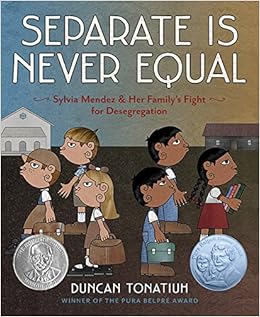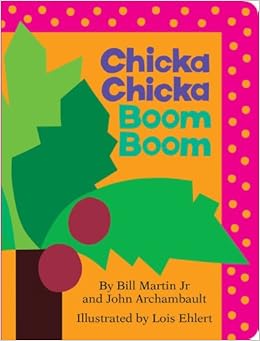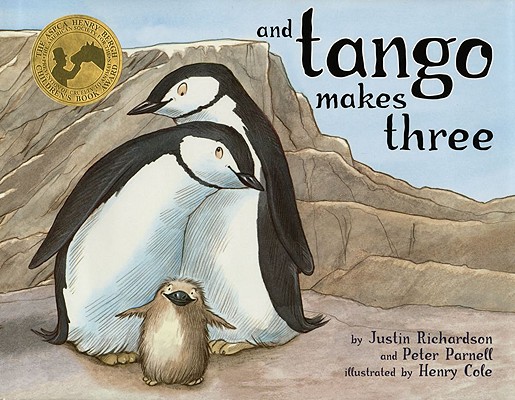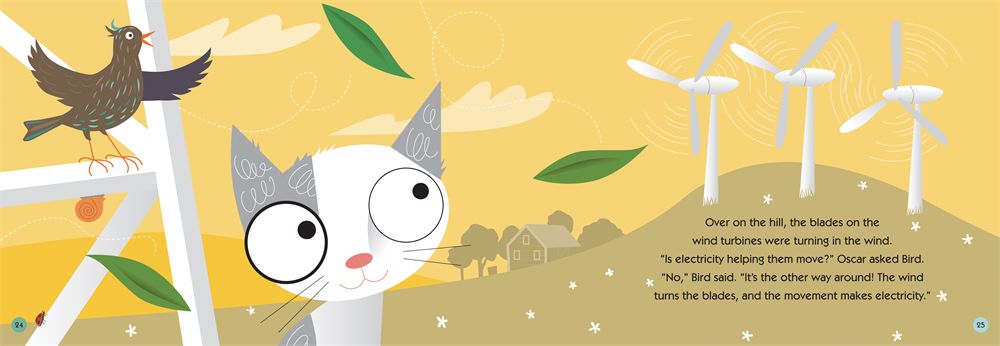Hope everyone had an amazing labor day weekend! Be warned..Things are about to get cute and cuddly in here!
Today's entry I'm going to be talking about Finding Winnie: The True Story of the World's Most Famous Bear by Lindsay Mattick, and illustrated by Sophie Blackall.
"There is something special about that bear." He felt inside his pocket and said, "I shouldn't." He paced back and forth and said, "I can't." Then his heart made up his mind, and he walked up to the trapper and said, "I'll give you twenty dollars for the bear." (Mattick, 2015)
Publication Information:
ISBN: 9780316324908
Publisher: Little, Brown Books for Young Readers
Publish Date:Oct. 2015
Lexile Reading Level: AD590L
Awards/Recognition: Caldecott Medal
This is a narrative nonfiction picture book which follows the true story of how a World War One veterinarian, Harry Colebourn, rescues a baby bear that he named Winnipeg, or Winnie for short. This bear is quickly accepted as the mascot in Harry's regiment and trains with the soldiers for the upcoming war. It's a heart-warming and awe-inspiring narrative, so much so that it's hard to believe that it really happened.
I absolutely love it, and I believe kids who love transportation, teddy bears, Winnie-The-Pooh, and other animals will too. We all grew up over the tale of Winnie-the-Pooh, and this book explains how A. A. Milne became inspired to create our beloved Pooh bear.
This Caldecott award-winning book is filled with beautiful illustrations, with text that runs along the sides of each page. It's written by the great-grand daughter of Harry Colebourn, and she puts herself in the book telling the story of Colebourn to her young son, Cole. She includes some great details at the end such as a family tree, and images of Harry and Winnie from their time in the army as well as the journal page that Harry wrote in that shows the date Harry bought Winnie from a trapper. There's even a photo of Christopher Robin Milne feeding Winnie with A. A. Milne in the background - real proof for those who find this story hard to believe.
Harry's Diary, August 24, "Bought Bear $20"
Harry and Winnie, the photo that inspired the pictured statue in Winnipeg and London
This is a cozy companion to read to a child at home, or as a read aloud at school. I would recommend it be read in segments for pre-school age, and maybe even kindergarten because it is a little long for a picture book. This story would also be compatible for first and second grade as they start learning to read on their own - great for practicing reading and comprehension skills. There is a lot of text, however, it's mostly easy to sound out words with a few challenging new words spread out occasionally in the book.
 |
| How the text is oriented on each page. |
If I were personally using this in a classroom read-aloud or for a library story time, I would consider omitting the italicized parts. My only criticism is that these italicized parts are just a sentence or two of conversation that happens between Lindsay and Cole that don't contribute much to the narrative and interrupt the story for me. As a read aloud it would also be confusing for the children to be listening about Harry and Winnie and all of a sudden be brought back to present day just so Cole could make a comment about his reaction to what is happening - instead of letting the book do the conversation and reflecting alone, have the conversation with the kids who are listening! Lindsay uses this to teach vocabulary, but this can be incorporated as a teacher led moment with the class during a read aloud - let these vocabulary teaching moments happen naturally and not forced.
This book is a great introduction to a biography and history lesson for little learners, as it reads like a fictional picture book, however the content is a true story in the words of a direct descendant of the person the book is about. It's appropriate for this age group because it's of a subject matter that kids are interested in; children love teddy bears, pets, and Winnie-the-Pooh!
As the kids get older this book would be great to open up discussion about World War One, or comparing the difference between what the past looks like, versus today. For example, the soldiers in the book take a large steam boat to cross the ocean, whereas today, we fly in airplanes. Do cars look different? How about how people dressed? Teachers can compare photos of army uniforms today versus uniforms in World War One. There's a great illustration of the regiment getting their photo taken with Winnie - cameras in the past were huge! We take pictures with smart phones and tablets now! This would tie in well with a Veterans Day or transportation themed unit.
Here are a few Indiana Academic Standards that could be used with this book (I'm just sticking with Kindergarten for the purpose of this post! If you're interested in talking about other standards, let me know!):
Social Studies, History Standard: K.1.1 Compare children and families of today with those from the past. Example: Compare clothing, houses, and other objects.
English Academic Standards: K.RN.3.1: Identify text features of a nonfiction text (e.g., title, author, illustrations) and describe the relationship between those features and the text in which they appear.
Finding Winnie would be a great addition to any home or library, as a grown adult I found this story intriguing and fun!
 Publication Information:
Publication Information:  Separate is Never Equal begins with Sylvia's first day attending the formerly all-white school. She is teased by some of the children and when she returns home, asks her mother why she has to go there when she is not welcome and being bullied. Her mother then reminds her of what the family just went through so that she and her brothers could attend. "When she got home that afternoon, she told her mother, Felicitas, what had happened. "I don't want to go to that school anymore, the kids are mean."
Separate is Never Equal begins with Sylvia's first day attending the formerly all-white school. She is teased by some of the children and when she returns home, asks her mother why she has to go there when she is not welcome and being bullied. Her mother then reminds her of what the family just went through so that she and her brothers could attend. "When she got home that afternoon, she told her mother, Felicitas, what had happened. "I don't want to go to that school anymore, the kids are mean."

















